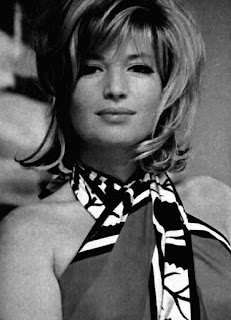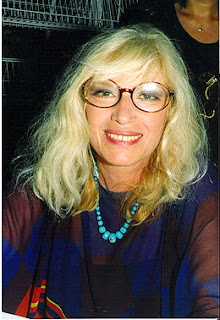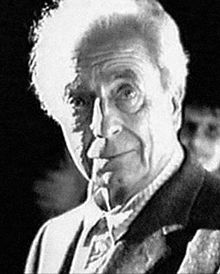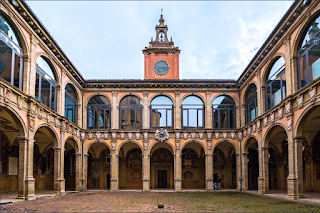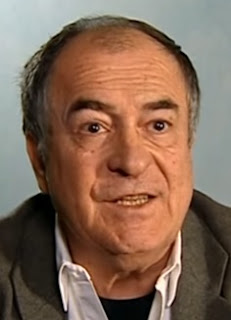Starred in classic Italian films as well as Bond movie
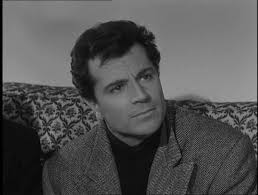 |
| Gabriele Ferzetti appeared in more than 160 movies and many TV dramas |
Ferzetti, who cut a naturally elegant and debonair appearance, was the go-to actor for handsome, romantic leads in the early part of his career and although he was ultimately eclipsed to some extent by Marcello Mastroianni, he seemed equally content with prominent supporting roles. Rarely idle, he made more than 160 films and appeared in countless TV dramas and was still working at 85 years old.
His intense performance as Antonioni’s wealthy yet unfulfilled playboy opposite Lea Massari and Monica Vitti in L’Avventura was the role that identified him most as an actor of considerable talent. Ferzetti had played a similar character in another Antonioni classic Le amiche (1955).
Outside Italian cinema, he was memorable as the unscrupulous Morton, the railroad magnate who hobbled around on crutches in Sergio Leone’s Once Upon a Time in the West (1968), and as Marc Ange-Draco, the sophisticated Mafia boss who joins forces with James Bond in On Her Majesty’s Secret Service, which was George Lazenby’s only outing as 007.
 |
| With Lea Massari in his most famous role in the Antonioni classic L'Avventura |
In Rome, Ferzetti won a scholarship to attend the Silvio d’Amico National Academy of Dramatic Art, although his studies were abruptly cut short when he was expelled for appearing with a professional theatrical troupe.
It did not set him back too severely. After playing the young shepherd Sylvius in Luchino Visconti’s 1948 stage production of As You Like It, he won small roles in several films and quickly worked his way up to becoming a leading man.
The first movie to bring him wide recognition was Mario Soldati’s La provinciale (1953), which was packaged for English-speaking audiences as The Wayward Wife. Despite the nature of the production as a vehicle for the rising star Gina Lollobrigida in the title role, Ferzetti was superb as her bespectacled science professor husband.
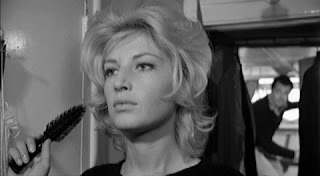 |
| Monica Vitti in another scene from L'Avventura |
Ferzetti was first cast by Antonioni in Le Amiche (The Girl Friends) (1955), which won a Silver Lion at the Venice film festival.
When Antonioni summoned him again for L’Avventura, it ended a five-year period of rather mediocre films that did Ferzetti no favours, so the chance to play his weak and disillusioned character, a failed architect whose lover disappears while they are sharing a sailing trip around Sicily with wealthy friends, could not have come at a more opportune moment. L’Avventura won the jury prize at the Cannes Film Festival.
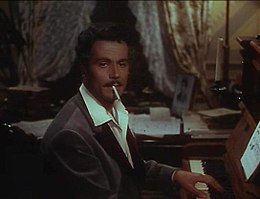 |
| Ferzetti was acclaimed for his portrayal of the the playboy composer Giacomo Puccini |
Ferzetti was hailed later for his portrayal of a psychiatrist trying to cover up his Nazi past in Liliana Cavani’s controversial The Night Porter (1974), a study of a sadomasochistic relationship between another former Nazi (Dirk Bogarde) and the woman he raped in a concentration camp (Charlotte Rampling).
By the 1990s, Ferzetti was appearing more frequently on television but there were still a few big-screen triumphs to come, notably as the Duke of Venice in Oliver Parker’s Othello and, in 2009, by which time he was 84, as the head of a wealthy Milanese industrial family in Io sono l’amore - I Am Love - directed by Luca Guadagnino.
Married twice and with a daughter, Anna, Ferzetti died in December 2015 at the age of 90.
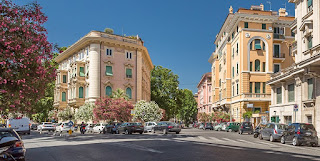 |
| Parioli's tree-lined boulevards make it one of the most attractive residential areas in Rome |
Rome’s Silvio D’Amico National Academy of Dramatic Art, which has been attended by many aspiring actors, can be found in Via Vincenzo Bellini where it meets Via Guido d’Arezzo in the Parioli district of Rome, between the Villa Borghese gardens and the vast Parco di Villa Ada. It was opened in 1936. D'Amico, a theatre critic and writer who was a friend of Nobel prize winner Luigi Pirandello and French theatre director Jacques Copeau, was appointed Special Commissioner for the reform of the drama school and led the academy for many years.The academy now has university status. Parioli is regarded as Rome’s most elegant residential area.
 |
| Smoke and steam rising from the crater of the active volcano Stromboli during its 2008 eruption |
L’Avventura was filmed partly on location in the Aeolian Islands, a cluster of eight small islands in the Tyrrhenian Sea north of Sicily. The best known is undoubtedly Stromboli, an active volcano known as the ‘lighthouse of the Mediterranean’ on account of the molten lava that streams down the side of the visible 3,000ft (914m) of the mountain with every eruption, of which there are many. The largest of the islands is Lipari, which has a population of 12,000 people and is not unlike Capri in appearance, but with a fraction of the tourists. Salina, famed for its capers and sweet Malvasia wine, was used for the movie Il Postino while Panarea, which has a resident population of only 280, has become a fashionable celebrity hang-out. Yachts owned by Giorgio Armani and Roman Abramovich have regularly been spotted in the small harbour.
Stromboli hotels by Booking.com
More reading:
Michelangelo Antonioni - the 'last great' of postwar Italian cinema
How enigmatic beauty Monica Vitti also excelled in comedy roles
Marcello Mastroianni - the film star who immortalised the Trevi Fountain
Also on the day:
1826: The birth of inventor Innocenzo Manzetti
1861: The newly-created Kingdom of Italy is proclaimed in Turin
1939: The birth of football coach Giovanni Trapattoni
Home
More reading:
Michelangelo Antonioni - the 'last great' of postwar Italian cinema
How enigmatic beauty Monica Vitti also excelled in comedy roles
Marcello Mastroianni - the film star who immortalised the Trevi Fountain
Also on the day:
1826: The birth of inventor Innocenzo Manzetti
1861: The newly-created Kingdom of Italy is proclaimed in Turin
1939: The birth of football coach Giovanni Trapattoni
Home

